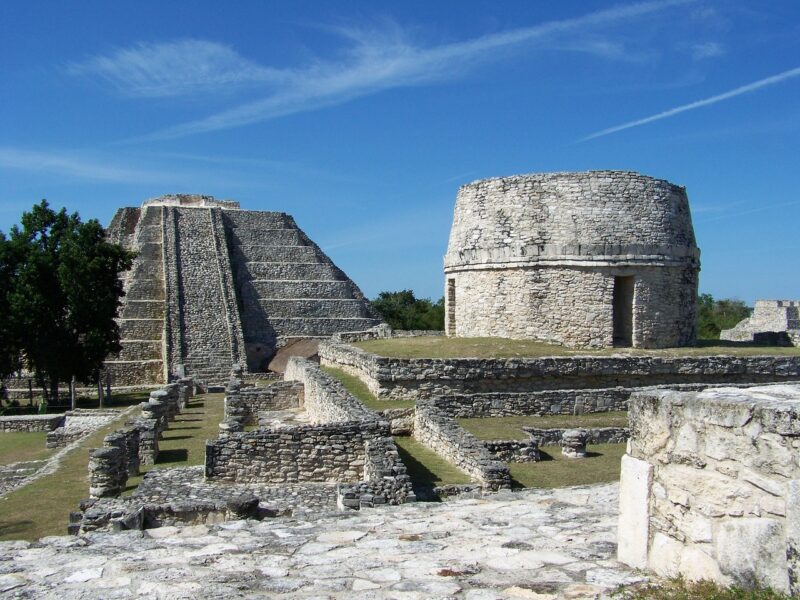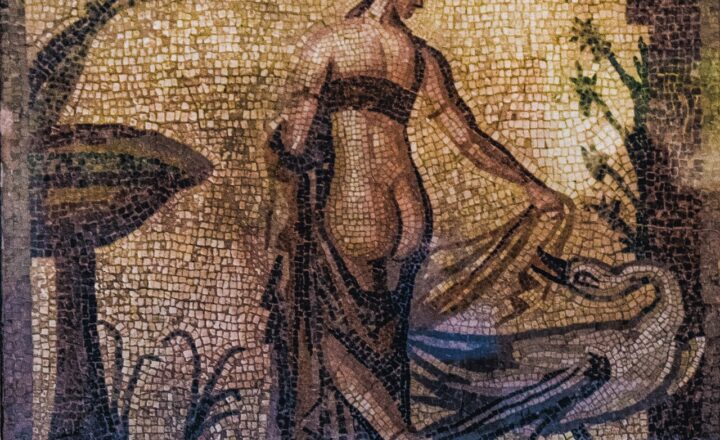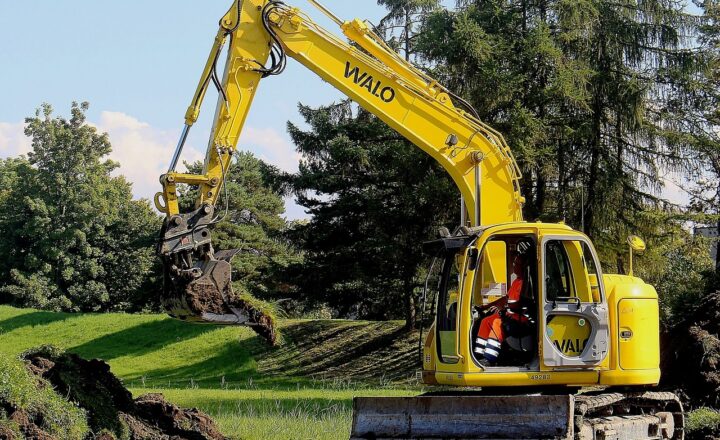The Lost Civilization of the Maya and Their Abandoned Cities
November 15, 2024

The ancient Maya civilization is one of the most fascinating cultures in history, known for its sophisticated society, architectural marvels, and profound contributions to science and art. Spanning over 3,000 years, the Maya civilization once flourished in the region that includes present-day Mexico, Guatemala, Belize, Honduras, and El Salvador. This article delves deep into the world of the Maya, their achievements, and the mystery surrounding their abandoned cities that still captivate historians and adventurers alike today.
1. The Rise of the Maya Civilization
The Maya civilization began its rise around 2000 BCE, characterized by the development of agriculture, particularly maize cultivation. This agricultural surplus allowed the Maya to build thriving cities and complex societies that valued artistry, religion, and astronomy.
By 250 CE, during what is known as the Classic Period, the Maya had established some of their most notable cities, such as Tikal, Palenque, and Calakmul. These cities featured impressive pyramids, temples, and palaces, constructed with advanced techniques and remarkable precision.
The political structure of the Maya consisted of individual city-states, each with its own ruler, which often engaged in alliances and conflicts with one another. This independent city-state system fostered a rich cultural exchange as well as intense rivalries.
2. Architectural Achievements of the Maya
The architectural prowess of the Maya is evident in the monumental structures that dot the landscape of Mesoamerica. Some key features of Maya architecture include:
- Step Pyramids: Notably, the pyramids at Chichen Itza and Tikal showcase impressive step designs and intricate carvings that tell stories of deities and historical events.
- Palaces: The residential and administrative complexes, like that of Palenque’s Temple of the Inscriptions, revealed the political and religious lives of the elite.
- Observatories: The Maya built structures specifically for astronomical observations, demonstrating their advanced understanding of celestial movements, as seen in Uxmal.
- Ball Courts: These ceremonial structures were crucial for the Maya, hosting the Mesoamerican ballgame that had both ritual and social significance.
The integration of astronomical alignment in their constructions also highlights their skills and dedication to the study of the universe.
3. The Mysterious Abandonment of Maya Cities
The decline of the Maya civilization remains one of history’s great mysteries. Around the 9th century CE, many major cities were abandoned, leading to speculation regarding the reasons behind this dramatic shift. Some prominent theories include:
- Environmental Degradation: Overpopulation and intensive agricultural practices may have led to deforestation and soil degradation, compromising the ecological balance necessary for sustaining large populations.
- Climate Change: Paleoclimatic studies suggest that a series of prolonged droughts hit the region, making agricultural practices unsustainable and leading to food scarcity.
- Internal Warfare: Increasing competition among city-states may have resulted in conflicts that destabilized societies and forced inhabitants to flee.
- Societal Changes: Shifts in religious practices or political structures could have led to a loss of faith in leadership, prompting mass migrations to safer areas.
While many cities were abandoned, others continued to thrive for centuries, such as Chichen Itza, which became a prominent center until the arrival of the Spanish in the 16th century.
4. Archaeological Discoveries and Their Significance
Archaeological excavations have played a crucial role in piecing together the narrative of the Maya civilization. Key discoveries include:
- Carvings and Inscriptions: Hieroglyphic texts found on monuments and stelae provide insights into Maya history, including dynastic records and significant events.
- Artifacts: Objects such as pottery, tools, and jewelry reflect daily life and the artistic abilities of the Maya, showcasing their cultural sophistication.
- Sacrificial Sites: Evidence of rituals, including human sacrifices, underscores the Maya’s complex religious beliefs and relationship with the gods, central to their worldview.
Each archaeological discovery brings new understanding and appreciation for the contributions made by the Maya and their lasting legacy in our world today.
5. The Legacy of the Maya Civilization
Despite their decline, the legacy of the Maya continues to influence modern culture and society. Today, descendants of the Maya still inhabit regions of Central America, preserving rich traditions, languages, and practices. Key aspects of their legacy include:
- Mathematics and Astronomy: The Maya’s advanced understanding of mathematics, including the concept of zero, laid the groundwork for future civilizations and is still studied today.
- Calendrical Systems: The Maya created complex calendars, such as the Tzolk’in and Haab’, influencing agricultural practices and religious observances for generations.
- Art and Writing: Their artistic expressions through pottery, sculpture, and murals contribute significantly to our understanding of Mesoamerican art, while hieroglyphics remain an intriguing yet challenging script for linguists and historians.
- Ecological Knowledge: The Maya used sustainable agricultural techniques that modern societies can learn from as we confront contemporary environmental challenges.
The Maya’s enduring cultural impact highlights their importance not only in history but in contemporary society as well. Understanding their civilization enriches our appreciation of human resilience and creativity.
Conclusion
The lost civilization of the Maya, with its abandoned cities and complex history, continues to inspire awe and curiosity. While the reasons for their decline are still debated, the legacy they left behind remains ever-present in modern culture, mathematics, astronomy, and ecological practices. By studying the Maya, we gain valuable insights into the interplay between civilization and nature, reminding us of the intricate dance of human achievement and environmental stewardship. Explore the remnants of this extraordinary civilization, and discover the enduring spirit of the Maya that lives on in today’s world.






